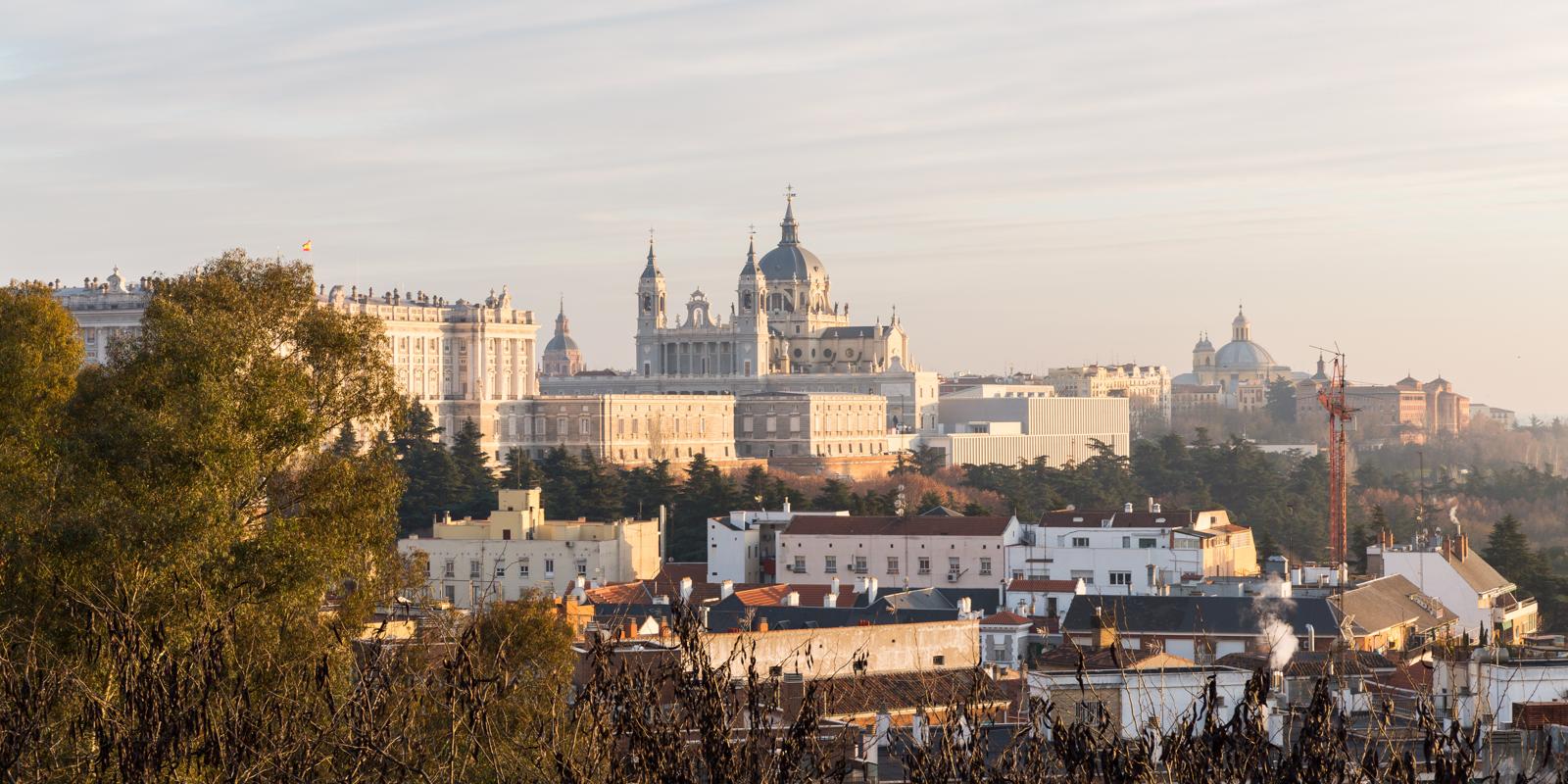Madrid, Spain’s vibrant capital, pulses with an energy that seamlessly blends rich history, stunning architecture, world-class art, and lively modern culture. Whether you’re a first-time visitor or returning for another adventure, Madrid offers a captivating experience that appeals to all senses and interests. This guide aims to steer international travelers through the city’s best attractions, essential transportation tips, language insights, and cultural etiquette to ensure an unforgettable journey.
Table of Contents
Getting Around Madrid: Transportation Essentials
Madrid’s transportation system is renowned for its efficiency, safety, and accessibility, making it easy for travelers to explore all corners of the city.
1. Metro – The Lifeline of Madrid
Madrid’s metro is one of the largest and most efficient subway systems in Europe, boasting 13 lines and over 300 stations. It’s an affordable and quick way to navigate between neighborhoods and major attractions.
- Tickets: Purchase single-ride tickets or, for more convenience, a 10-trip ticket (“Metrobús”) which can be shared among several people.
- Operating Hours: Runs from 6:00 AM to 1:30 AM daily.
- Accessibility: Most stations have elevators and are wheelchair accessible.
2. Buses
The extensive city bus network covers routes that the metro doesn’t always reach, providing a scenic way to view the city from street level.
- Buses run frequently, even late into the night on some lines.
- Use the same Metro tickets to pay for bus rides.
- Night buses (“búhos”) are available if you’re out late.
3. Cercanías (Commuter Trains)
For trips outside Madrid, especially to nearby towns like El Escorial or to Madrid’s main airport (Barajas), Cercanías trains are fast and reliable.
4. Taxis & Ride-Sharing
- Official taxis are white with a red stripe and can be hailed on the street or found at taxi stands.
- Ride-sharing apps like Uber and Cabify operate widely in Madrid and offer a convenient alternative.
5. Walking & Biking
Madrid’s central neighborhoods, such as the historic Centro district, are extremely walkable, allowing you to soak in the city’s charm at your own pace.
For a more active sightseeing option, Madrid has a popular bike-sharing program called “BiciMAD” with stations scattered throughout the city.
Top Attractions in Madrid
Madrid offers a wealth of cultural, historical, and recreational sites. Here are the must-visit spots every traveler should include in their itinerary.
1. The Prado Museum (Museo del Prado)
One of the world’s premier art museums, the Prado houses masterpieces by Velázquez, Goya, El Greco, and Bosch. Art lovers can easily spend several hours here admiring works from the 12th to the early 20th centuries.
2. Royal Palace of Madrid (Palacio Real)
This magnificent baroque palace, still used for state ceremonies, is the largest royal palace in Western Europe by floor area. Explore its lavishly decorated rooms, royal gardens, and the Royal Armory.
3. Retiro Park (Parque del Retiro)
Escape the city bustle in this expansive and beautifully landscaped park. Highlights include the Crystal Palace, boating on the Grand Pond, and various sculptures and gardens.
4. Puerta del Sol & Plaza Mayor
- Puerta del Sol: Considered the very heart of Madrid, this bustling square is a hub of transport, shopping, and social gatherings.
- Plaza Mayor: A stunning historic square surrounded by elegant medieval architecture, perfect for dining al fresco or people-watching.
5. Thyssen-Bornemisza Museum
Complementing the Prado, this museum displays an impressive collection of European art ranging from Renaissance to modern works.
6. Gran Vía
Madrid’s answer to Broadway – a lively avenue lined with theaters, cinemas, shops, and restaurants. Experience the city’s vibrant nightlife here.
7. Mercado de San Miguel
A gourmet food market housed in a beautiful iron-and-glass building, offering tapas, fresh seafood, Iberian ham, and fine wines. A must for foodies!
8. Santiago Bernabéu Stadium
Football fans should not miss a tour of Real Madrid’s legendary home stadium, which includes the trophy room, locker rooms, and pitch view.
Language Tips: Navigating Spanish in Madrid
Spanish (Castilian) is the official language in Madrid, but many locals in tourist areas speak at least some English. However, learning a few basic Spanish phrases can enhance your experience and interaction with residents.
- Hola – Hello
- Gracias – Thank you
- Por favor – Please
- ¿Dónde está…? – Where is…?
- ¿Habla inglés? – Do you speak English?
- Una cerveza, por favor – A beer, please
- ¿Cuánto cuesta? – How much does it cost?
Spanish pronunciation in Madrid is quite clear, and locals appreciate any effort to communicate in their language, even if just a few words.
Cultural Do’s and Don’ts in Madrid
Understanding local customs can greatly enrich your visit and help avoid misunderstandings. Here are some key cultural tips to keep in mind.
Do’s
- Do greet people with a friendly “Hola” or “Buenos días/tardes” when entering shops or restaurants.
- Do embrace the siesta culture: Many shops and businesses close midday from around 2 PM to 5 PM. Use this time to relax or enjoy a long lunch.
- Do try local food specialties: Tapas, churros with chocolate, cocido madrileño (a traditional stew), and jamón ibérico are highlights.
- Do respect the late dining culture: Spaniards typically eat dinner starting at 9 PM or even later.
- Do tip modestly: Leaving 5-10% in restaurants is appreciated but not mandatory.
Don’ts
- Don’t expect shops to open early: Many open around 10 AM or later.
- Don’t assume everyone speaks English: Be polite, patient, and try basic Spanish.
- Don’t rush your meals: Dining is a social experience to be savored, not hurried.
- Don’t ignore pickpockets: Stay vigilant in crowded tourist areas such as Puerta del Sol and on public transport.
- Don’t forget to respect quiet hours: Madriders value peace after 10 or 11 PM, especially in residential neighborhoods.
Final Tips for Visitors
Madrid is a city that invites you to slow down and immerse yourself in its rhythm. Here are a few final suggestions to make your trip seamless and memorable:
- Stay centrally: Accommodations in neighborhoods like Centro, Malasaña, or La Latina put you close to main sights and nightlife.
- Use TAPAS to explore food culture: Share small plates across different bars to taste a variety of flavors.
- Plan visits to museums early or late in the day to avoid crowds.
- Check local event calendars: Madrid hosts festivals, concerts, and seasonal events year-round.
- Carry a reusable water bottle: Tap water is safe, and Madrid has many public fountains.
Conclusion
Madrid is a city that brilliantly balances its historic roots with a lively contemporary charm. From awe-inspiring museums and royal palaces to buzzing plazas and intimate tapas bars, it offers a multifaceted experience that touches every traveler’s heart. By understanding its transportation, embracing the culture, and exploring with curiosity, your visit to Madrid will surely be a rich and rewarding adventure.
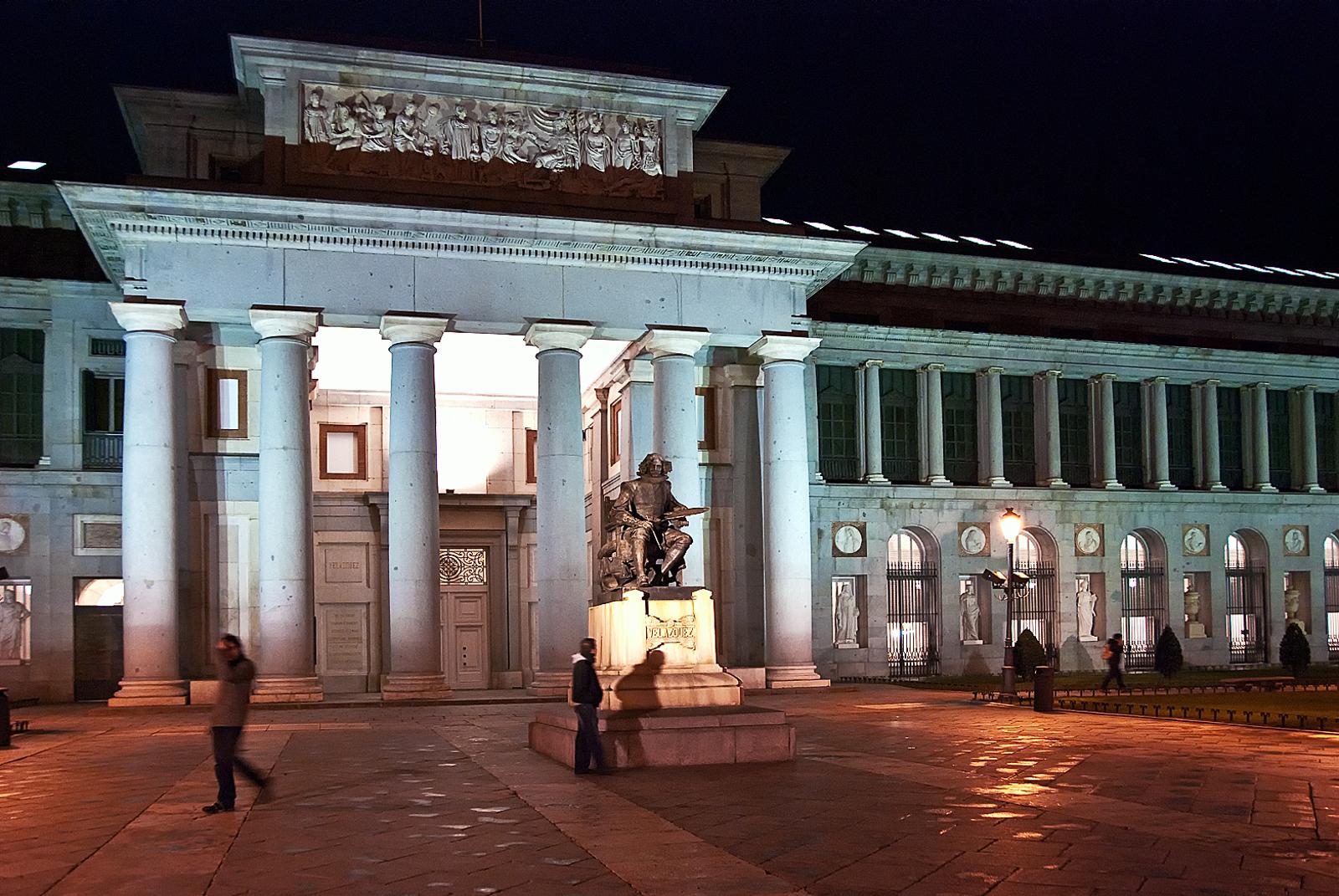
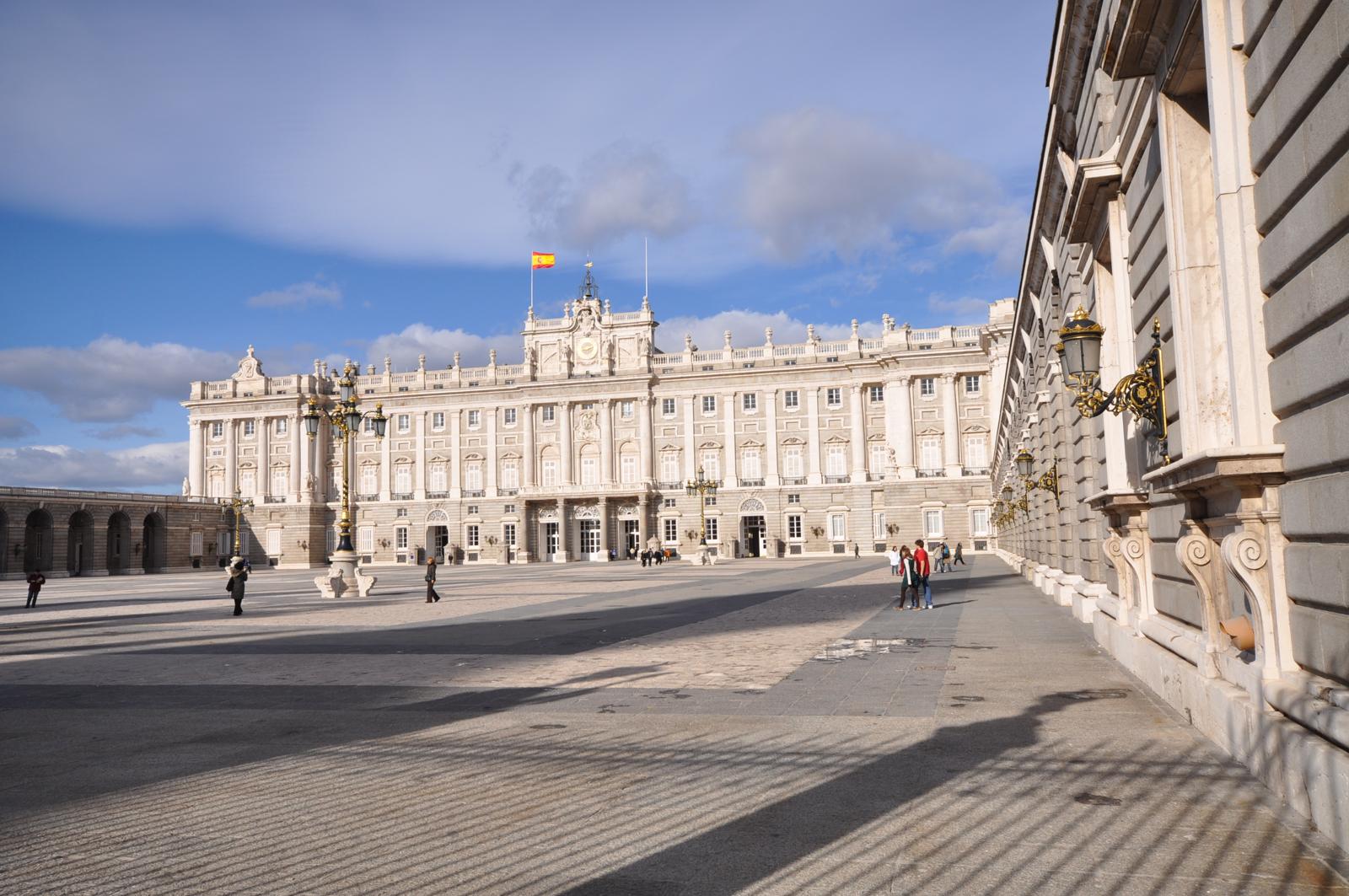
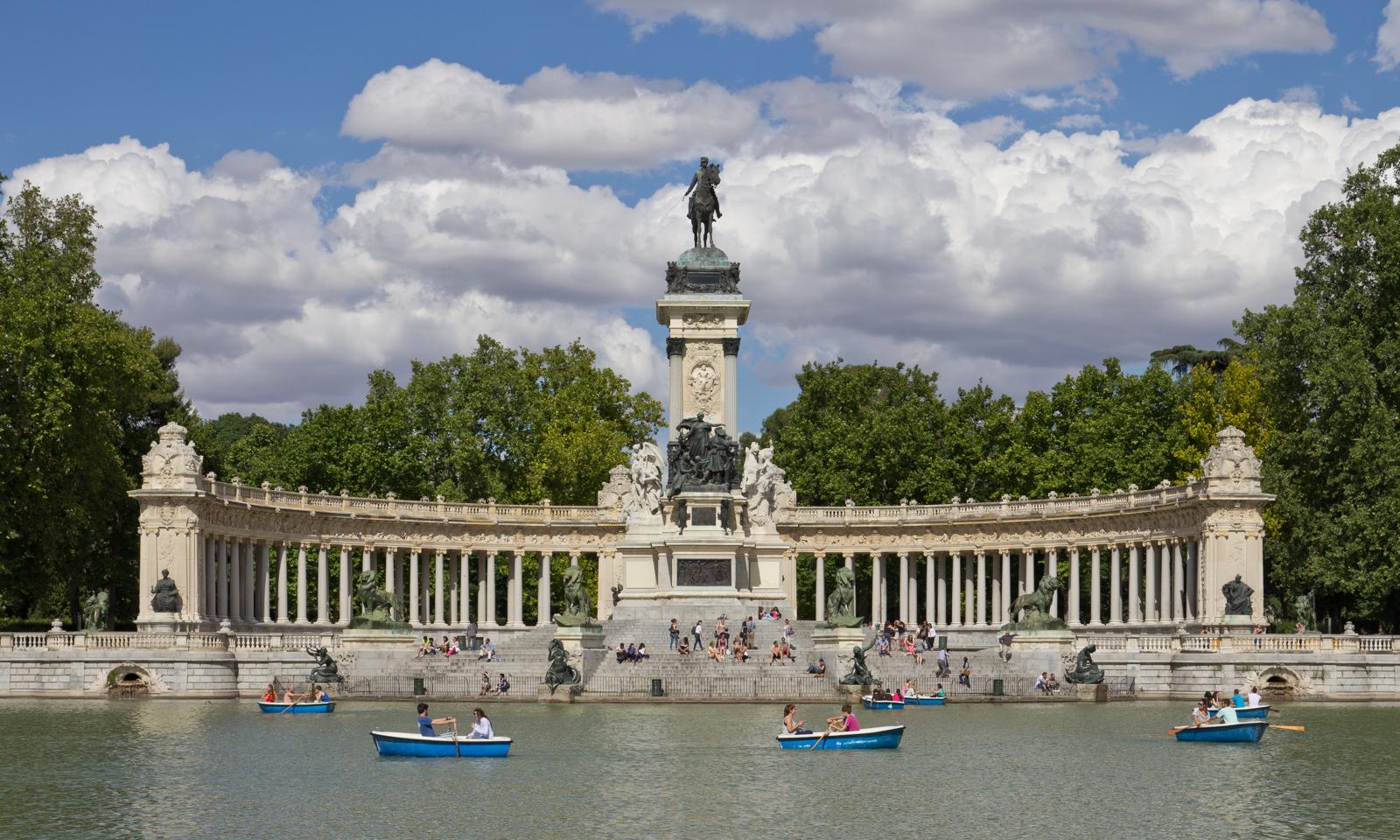
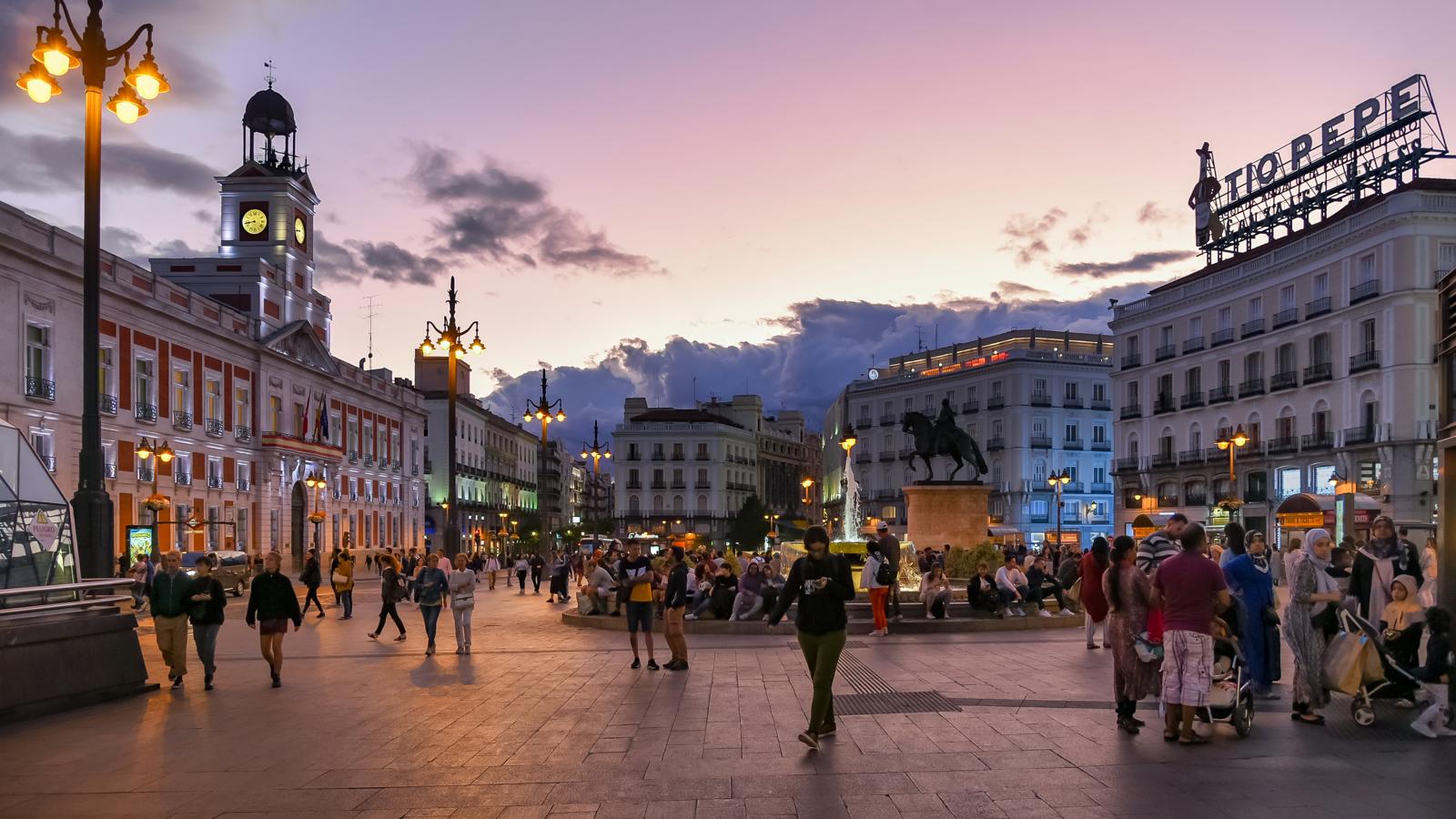
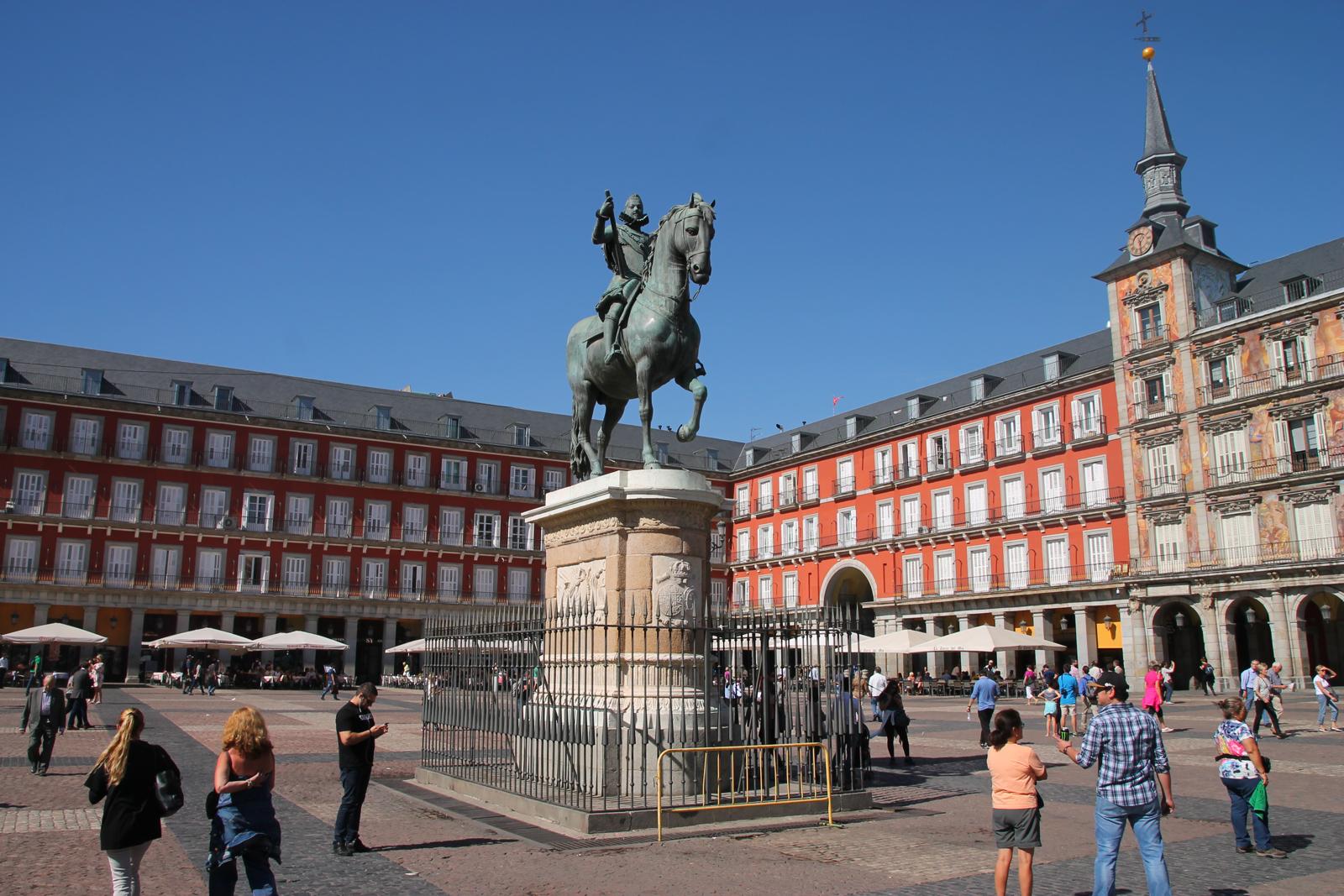
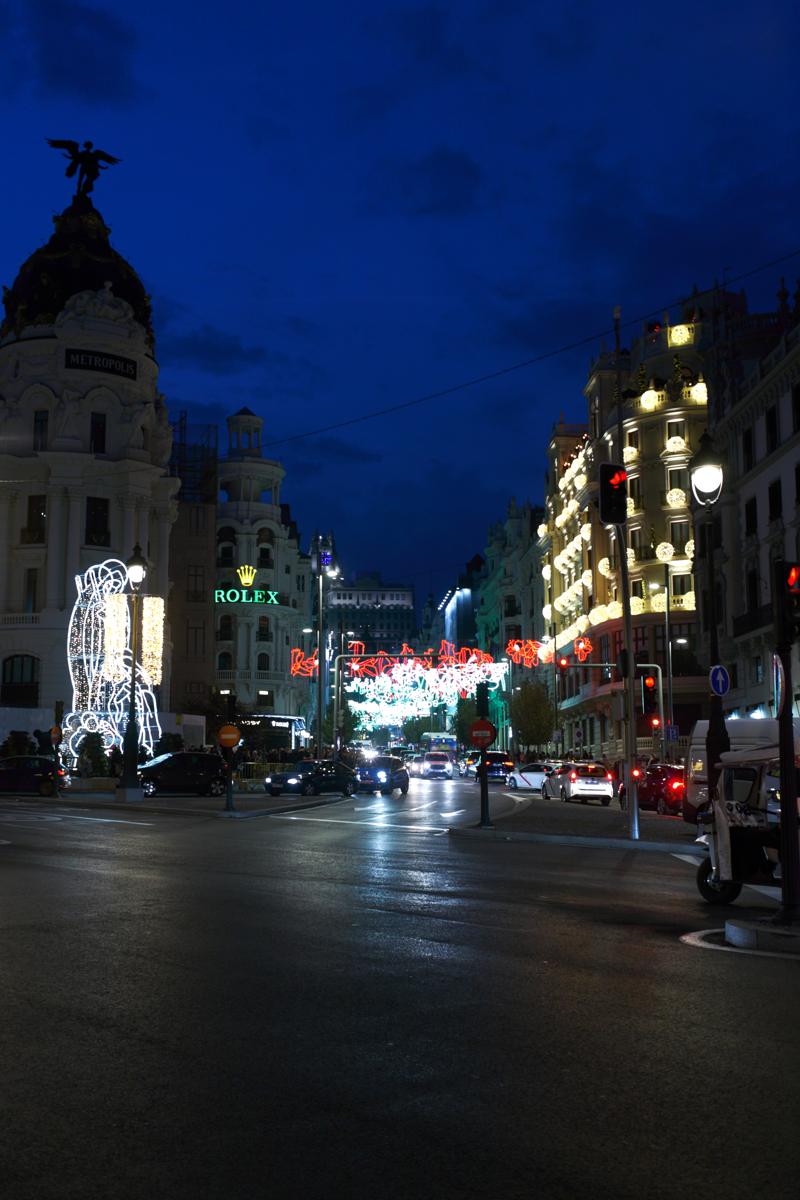
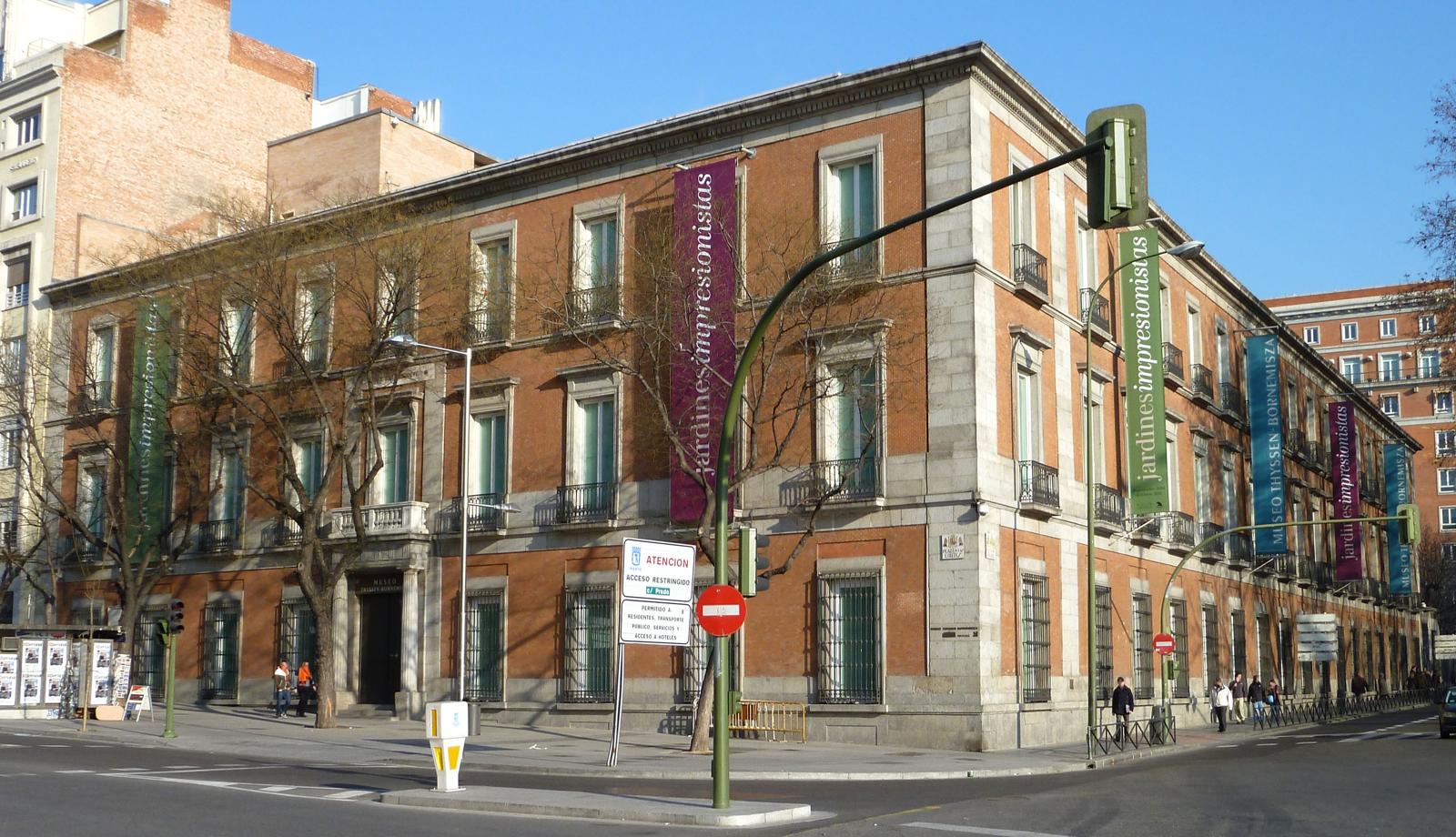
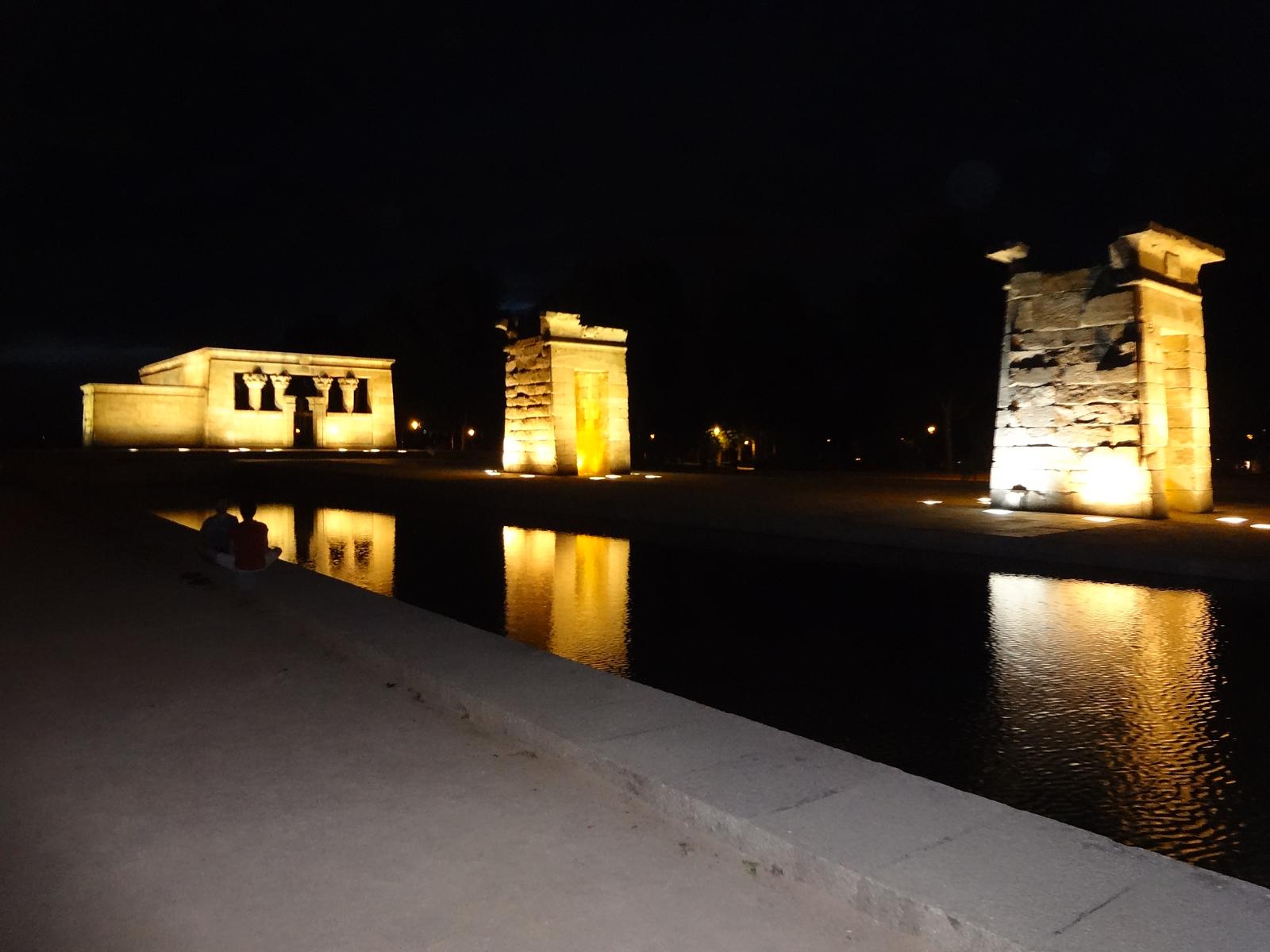
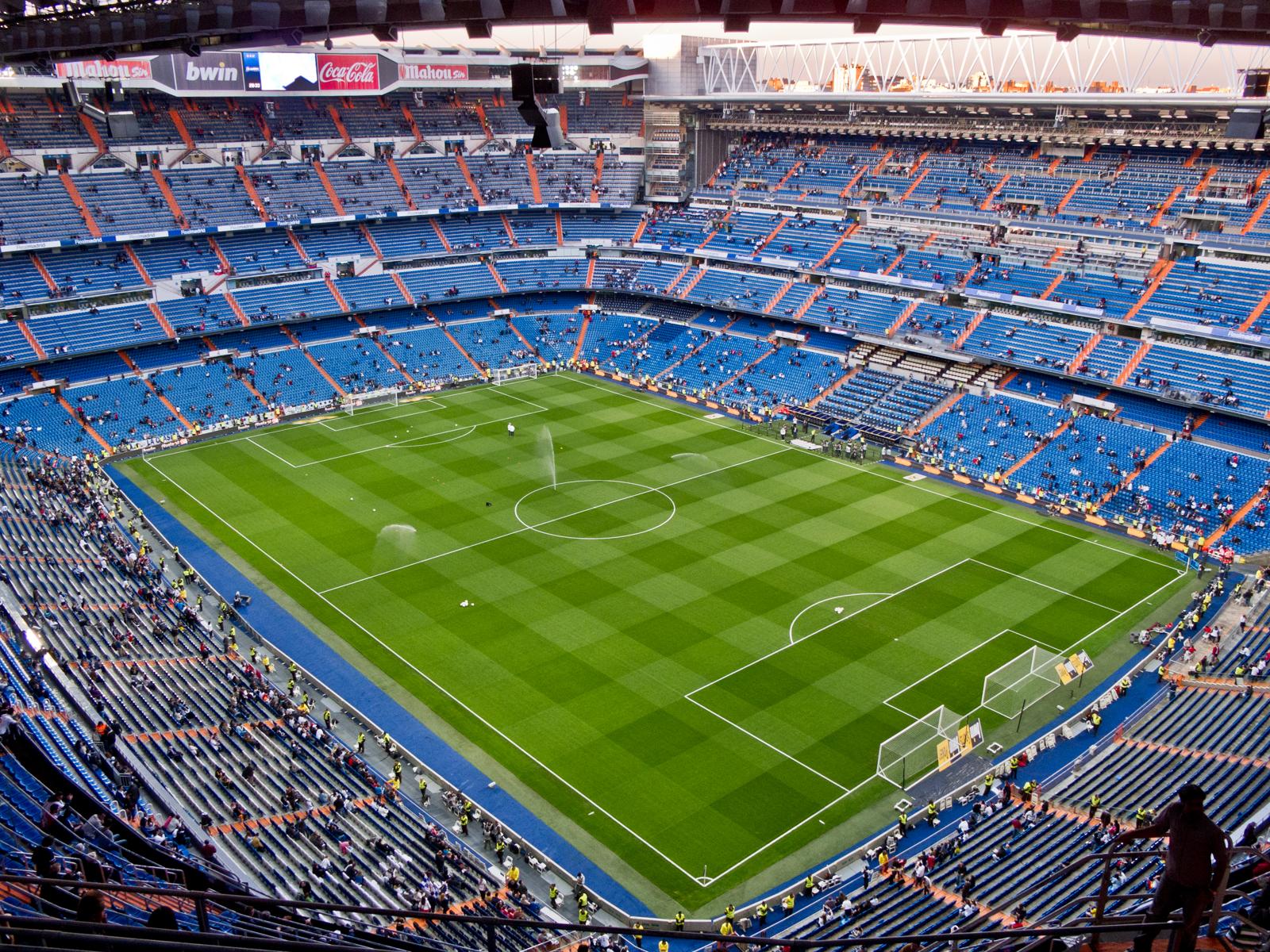
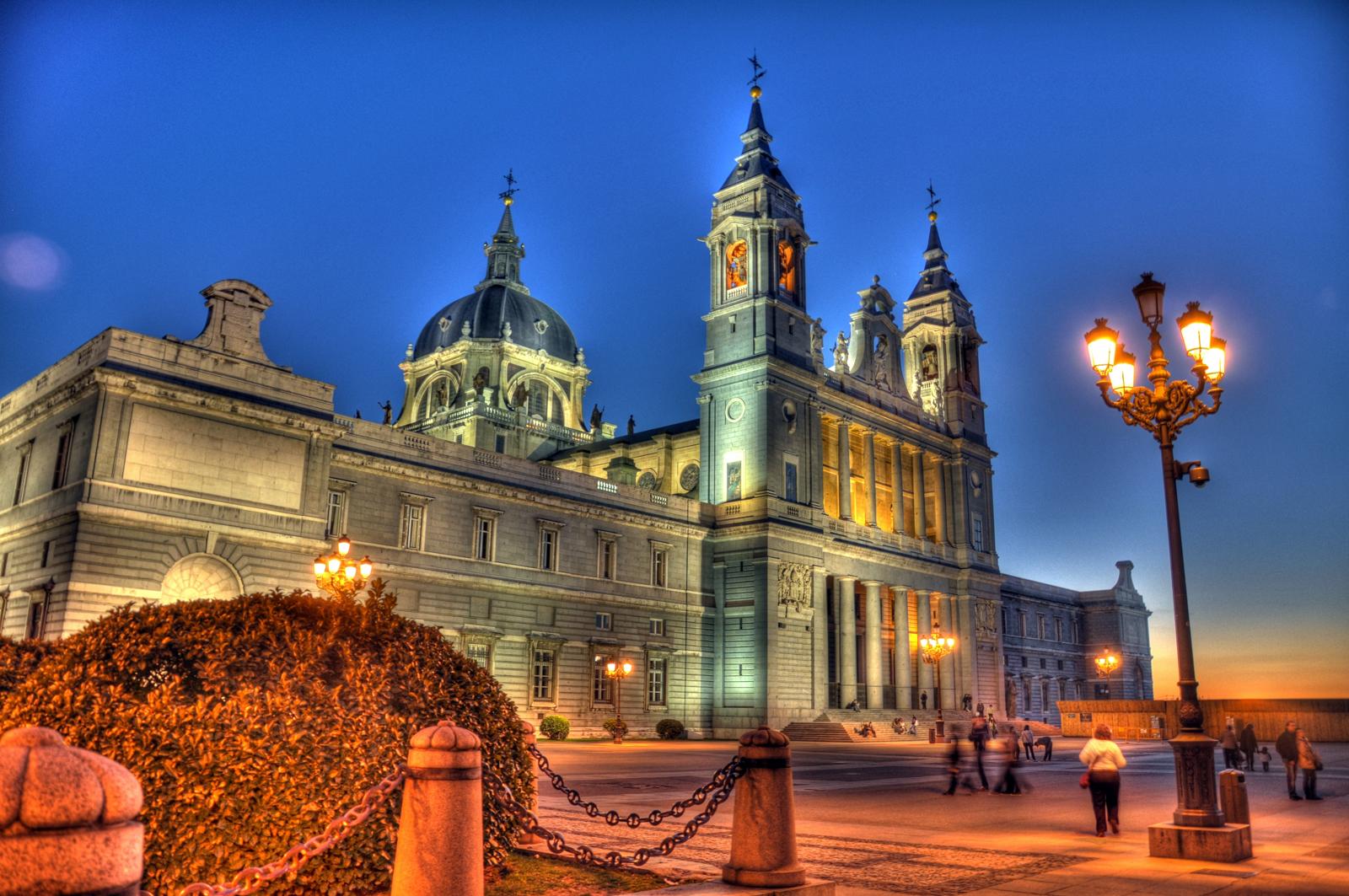
Image Attributions
- Credit: Catedral de la Almudena, Madrid, España, 2014-12-27, DD 23 by Diego Delso on Wikimedia Commons – cc by-sa 4.0
- Credit: Museo de El Prado – Madrid – España by Taloa on Wikimedia Commons – cc by-sa 3.0
- Credit: Lascar Palacio Real de Madrid (Royal Palace of Madrid) (4607070501) by Jorge Láscar from Australia on Wikimedia Commons – cc by 2.0
- Credit: Monumento a Alfonso XII de España en los Jardines del Retiro – 04 by Carlos Delgado on Wikimedia Commons – cc by-sa 3.0
- Credit: Madrid- Puerta del Sol – 51454839271 by Jorge Franganillo on Wikimedia Commons – cc by 2.0
- Credit: Madrid, Plaza Mayor, 2016, (02) by Draceane on Wikimedia Commons – cc by-sa 4.0
- Credit: Gran Via Madrid December 2024 00 by Javier Perez Montes on Wikimedia Commons – cc by-sa 4.0
- Credit: Museo Thyssen-Bornemisza (Madrid) 07 by Luis García (Zaqarbal) on Wikimedia Commons – cc by-sa 3.0
- Credit: Night photograph Temple of Debod in Madrid, Spain by David Adam Kess on Wikimedia Commons – cc by-sa 4.0
- Credit: Estadio Santiago Bernabéu – 02 by Carlos Delgado on Wikimedia Commons – cc by-sa 3.0
- Credit: Almudena Cathedral (5538114163) by Robert Lowe from Hong Kong, China on Wikimedia Commons – cc by 2.0
